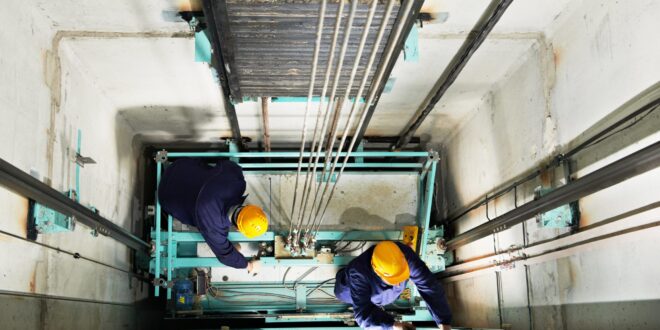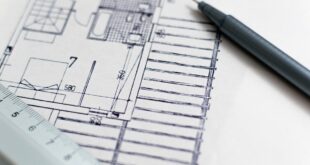Lifts, also known as elevators, are an essential part of modern buildings, allowing people to easily move between floors. However, installing and maintaining a lift requires a significant investment of time, money, and expertise. In this article, we will provide an overview of the process of lift installation and maintenance, including the various considerations and steps involved.
Types of Lifts
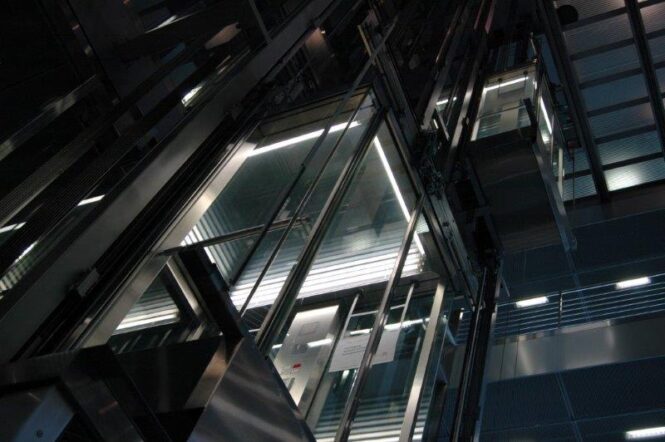
Before installing a lift, it is important to determine the type that is most suitable for your needs. Some common types of lifts include:
-
Hydraulic lifts:
They use a hydraulic piston to raise and lower the car. They are generally slower and have a lower load capacity than other types, but they are also relatively simple and inexpensive to install.
-
Traction lifts:
They use a hoisting mechanism to raise and lower the car, and they are typically faster and more powerful than hydraulic lifts. However, they also require more maintenance and are more expensive to install.
-
MRL (Machine Room Less) lifts:
These ones do not require a separate machine room, as the machinery is located within the lift shaft. This can save space and reduce construction costs, but MRL lifts may be more expensive to maintain and repair.
-
Home lifts:
They are designed specifically for residential use and are typically smaller and less powerful than commercial ones.
Planning and Preparation
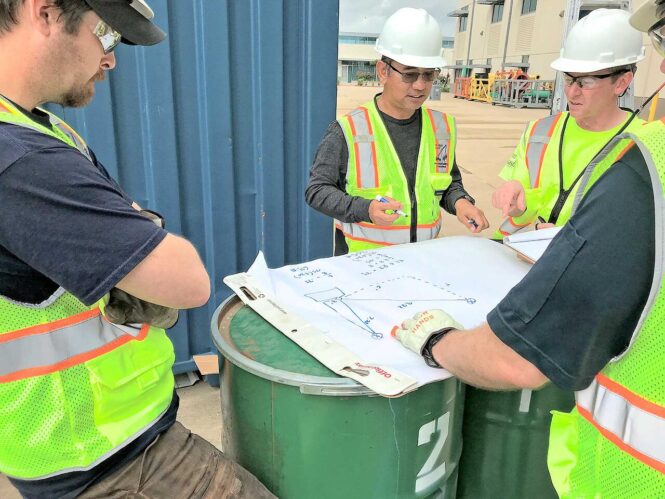
Before installing it, it is important to carefully plan and prepare for the project. This includes obtaining the necessary permits and approvals from local authorities, as well as conducting a site survey to ensure that it can be safely installed. Other considerations include:
-
The size and weight capacity of the lift:
It is important to choose a one that is appropriate for the size and load-bearing requirements of the building.
-
The location of the lift:
The location will depend on the layout of the building, as well as the intended use of the lift.
-
The power requirements of the lift:
They require a reliable power source to operate, so it is important to ensure that the building has the necessary electrical infrastructure in place.
-
The type of control system:
They can be controlled either manually or automatically. Automatic control systems are more expensive, but they can offer greater convenience and safety.
Installation Process
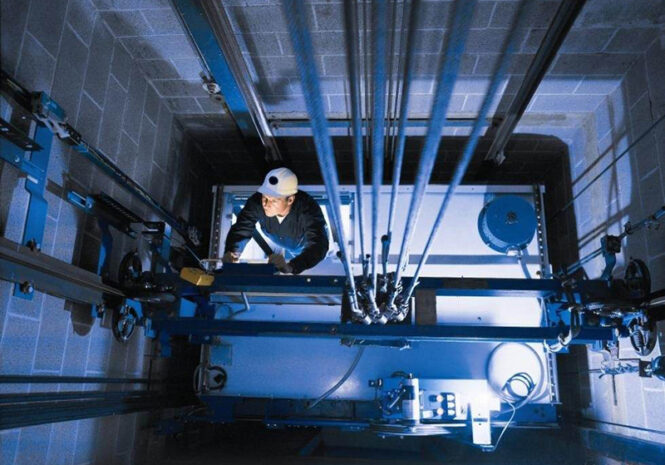
The installation process for a lift will vary depending on the type and the specific requirements of the building. However, there are some general steps that are typically involved:
-
Preparation of the site:
This includes preparing the foundation and installing the lift shaft, as well as any necessary electrical and mechanical infrastructure.
-
Assembly of the lift:
This involves installing the lift car, hoisting mechanism, and control system, as well as any other necessary components.
-
Testing and commissioning:
Once the lift is installed, it must be thoroughly tested to ensure that it is safe and operational. This may include testing the controls, doors, and emergency systems.
-
Training:
It is important to provide proper training to anyone who will be using the lift, including maintenance staff and building occupants. This can help to ensure the safe and efficient operation of the lift.
Maintenance and Repair
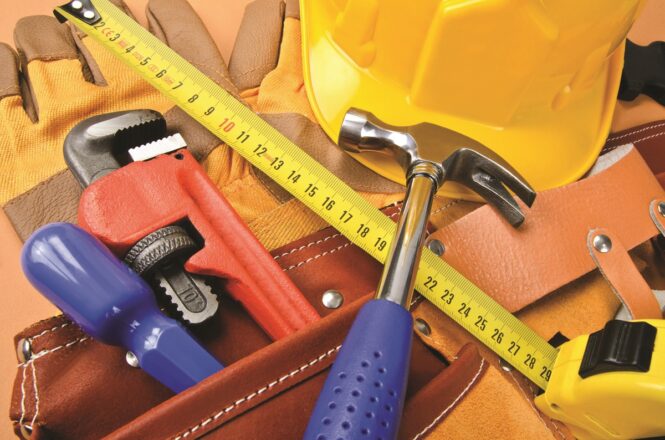
Proper maintenance is essential to ensure the safe and reliable operation of a lift. Some common maintenance tasks include:
-
Regular inspections:
Lifts should be inspected regularly to identify any potential problems or wear and tear. This may include visual inspections, as well as more in-depth testing using specialized equipment.
-
Cleaning and lubrication:
Cleaning and lubrication are important maintenance tasks that help to ensure the safe and reliable operation of a lift. Some specific tasks that may be involved in cleaning and lubrication include:
Dusting and wiping down surfaces: This helps to keep the lift car and control panel clean and free of debris, which can interfere with the operation of the lift.
Cleaning and lubricating the doors: The doors should be cleaned and lubricated regularly to ensure that they open and close smoothly and safely.
Lubricating the hoisting mechanism: The hoisting mechanism is responsible for raising and lowering the lift car, and it relies on a variety of components that must be lubricated to function properly. This may include the sheaves, cables, and other moving parts.
Replacing worn or damaged parts: If any components of the lift are worn or damaged, they should be replaced as soon as possible to avoid further damage or potential safety hazards. This may involve replacing door hinges, cables, or other parts.
It is important to follow the manufacturer’s recommendations for cleaning and lubrication, as well as any local building codes or regulations that may apply. Proper maintenance can help to extend the lifespan of the lift and reduce the risk of costly repairs or downtime.
-
Repairs:
If a problem is identified during an inspection, it is important to have it repaired as soon as possible to avoid further damage or potential safety hazards. This may involve replacing worn or damaged components, or making other necessary repairs.
-
Upgrades:
As technology advances and building codes change, it may be necessary to upgrade the lift to meet new standards or to improve its performance. This could involve installing new control systems, motors, or other components.
-
Emergency procedures:
It is important to have a plan in place for handling emergencies that may occur with the lift. This could include procedures for evacuating passengers, as well as providing first aid or other assistance if necessary.
-
Safety features:
Many modern ones include a variety of safety features, such as emergency lighting and alarms, to help ensure the safety of passengers. It is important to regularly test and maintain these features to ensure they are working properly.
-
Maintenance records:
It is important to keep detailed records of all maintenance and repair work performed on the lift. This can help to identify any patterns or trends that may indicate a potential problem, and it can also be useful for demonstrating compliance with building codes or insurance requirements.
Conclusion
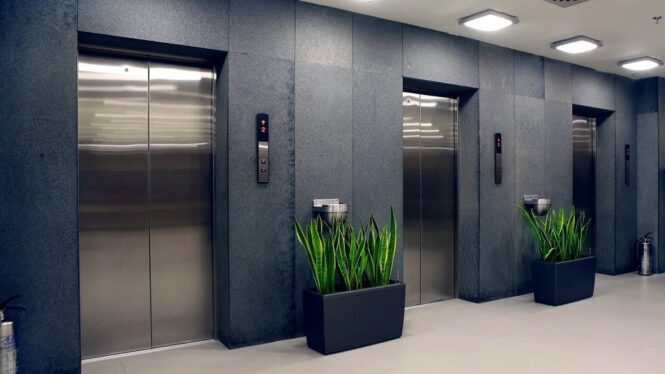
Installing and maintaining it is a complex and important task that requires careful planning and expertise. By following the appropriate procedures and guidelines, it is possible to ensure the safe and reliable operation of the lift for the benefit of building occupants and visitors.
 Imagup General Magazine 2024
Imagup General Magazine 2024
